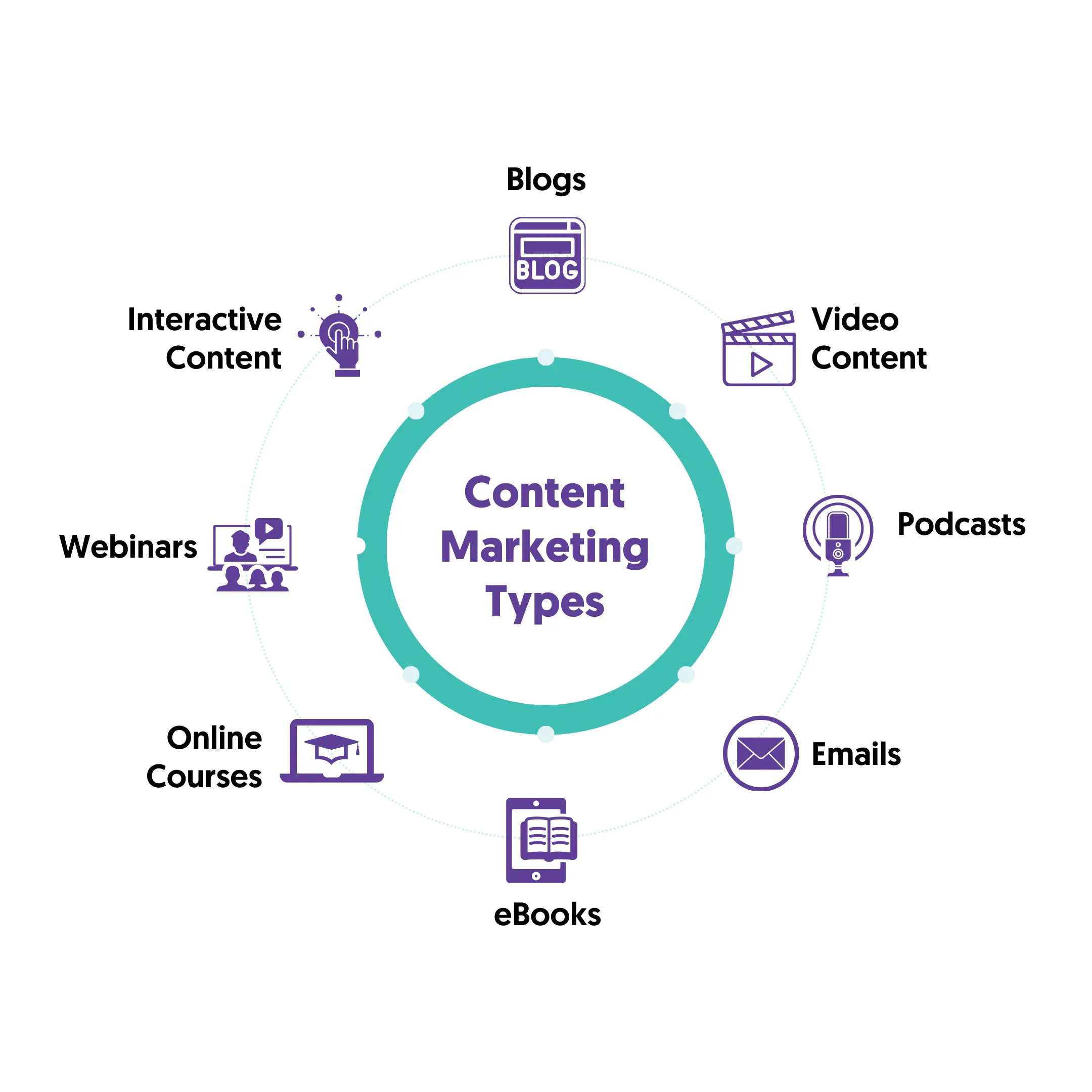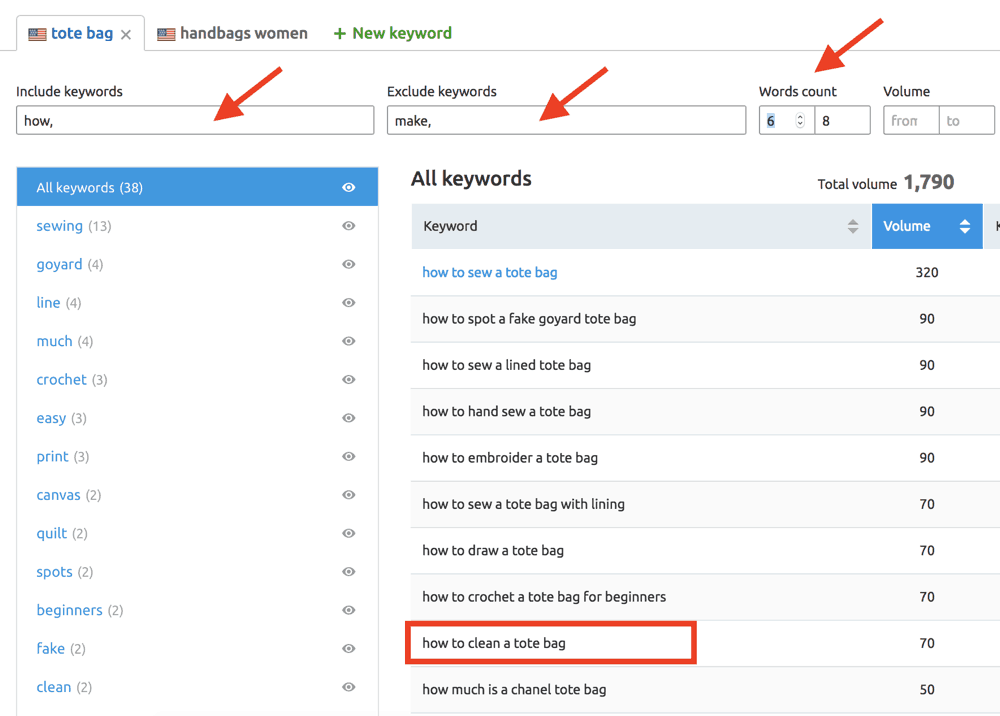Blogging is a valuable tool for eCommerce websites. A blog can help you grow traffic to your website, boost brand awareness, and increase sales.
Benefits of eCommerce Blogging
Many eCommerce owners believe that blogging is a waste of time, but as we will see below, a successful blog can assist in the growth of an online store and, in many ways, guarantee long-term success.
1. Less Dependency on Paid Advertising
The majority of eCommerce startups follow the same business plan, which consists of three main steps:
- Build a website
- Add products
- Run campaigns on Google or Facebook to get traffic and make sales.
While this is a good plan, once they stop spending money on advertising, sales drop, and problems rise to the surface.
This is when they start looking for alternative ways of getting traffic, and soon, they realize that putting all their eggs in one basket is not a very good idea.
Blogging can be an alternative way to drive traffic to a website, but it’s not as immediate as Google Ads or Facebook Ads.
To take advantage of blogging, plan for it in advance.
Any money you spend on setting up a blog or publishing content will not generate any returns in the short term, but it’s one of the best investments you can make for your business in the long term.
It takes a lot of time to rank in Google and get traffic to your blog, but it’s a step you have to take, and the sooner you take it, the better it will be.
Over the years, I have had the opportunity to SEO Audit several eCommerce websites, both new startups and mature businesses, and it always comes to the same advice.
Don’t spend all your advertising budget on ads. Allocate at least 20% of your monthly budget on content marketing and blogging and increase that gradually until you reach a point where the dependency on Paid advertising is manageable.
The Internet is changing rapidly, advertising costs increase, and competition is becoming more intense in all niches, but one thing is for sure.
A well-planned blog with high-quality content will likely attract traffic from search engines and social networks for years.
2. More Quality Pages in Search Engines Index
E-commerce websites tend to have many pages (products, categories, tags), but many have the same content. While this is not necessarily bad for SEO, it’s not good.
Category and tag pages have the same content as product pages. The same products may be available on other websites on the Internet, creating duplicate content issues.
Besides optimizing your category and product pages, blogging is another way to increase the number of unique pages search engines have in their index.
More quality pages in the index mean better rankings and more traffic.
3. Opportunities For Link building
When you start a link-building campaign to improve your shop's rankings, you will soon realize that other bloggers or websites are unwilling to link to your homepage or product pages.
Why is that? Nobody wants to promote a product for free (unless they are affiliates or have other benefits), and they fear getting a Google penalty (if Google thinks that the links were paid for).
So, how do you get out of this loop and build natural links that can increase the rankings of your store's most important pages? The answer is through blogging.
Everybody is willing to link to high-quality pages, even if these pages are part of a website selling goods or services online.
Ok, but the links will point to the blog. How will this benefit my website? It will improve the authority of your domain and increase your blog's overall rankings and traffic.
4. Better Internal Linking
One of my favorite SEO methods is internal linking. Internal links point to other website pages (and not to pages outside your domain).
Unlike external links, there is no fear of Google penalties, and besides being helpful to users, they also help search engine crawlers discover and index more pages from your website.
Having an active blog is a great way to build internal links pointing to your homepage, category, and product pages.
5. Social media marketing
Social media marketing is essential for eCommerce websites. Having a solid presence in social media networks is a good way to promote your brand (awareness) and products.
To succeed on social media, you must use paid ads and keep your accounts loaded with fresh, high-quality content; a blog is perfect for that purpose.
Enrich your blog posts with images and videos to make them more interesting and attractive when users share them.
6. Customer Care and Support
An active blog can also be used for customer care and support purposes. Use the blog to cover topics related to your products that your users might have questions about.
Use the blog to make new product announcements and establish a communication channel between your company and customers.
7. Brand Awareness and Trust
Before making an online purchase, users need to feel confident that they will not lose their money, so one of the things they do before hitting the “Buy Now” button is to search Google for more details about the particular company.
If you have a blog, several posts will likely show up for searches related to your “brand name,” which, in addition to indirectly promoting your brand, helps establish trust.
How to Set Up A Blog For Your eCommerce Website?
Depending on your eCommerce platform, there are many ways to set up a blog.
If you already use WordPress and WooCommerce, adding a blog is easy since it is already built into WordPress.
If you are not using WooCommerce, you can still set up a WordPress Blog as a subdomain or folder.
Other things to take care of related to the setup of your eCommerce blog:
- Make sure that https is enabled on the blog. Your eCommerce website should already have an SSL installed, which is necessary for the blog.
- You don’t have to create all the categories on your website as blog categories. Your blog can have a structure that makes sense for a blog.
- Do optimize your blog category pages; they are essential for SEO.
- Remember to add a BLOG option to your main menu, sitemap, and footer. People are familiar with the term "Blog" and have searched for it many times.
- Once your blog grows and traffic starts flowing in, you need to add several CTA (calls to action) boxes to redirect some of the traffic to your product pages or get them to sign up for a newsletter so that you have their contact details for email marketing.
- Add the appropriate schema markup to your blog posts.
How To Grow An E-Commerce Blog
1. Start With Keyword Research
If you have done your keyword research correctly, you should already have a list of nice long-tail keywords you can target in your blogs.
Look at the example below, and make sure that you read the section “Keyword research for eCommerce blogs” in my keyword research for ecommerce post.
Tools like Semrush (shown in the above screenshot) will make this process much easier and more effective.
2. Get Ideas From Competitors
Check out the blogs of your competitors. What topics do they cover in their posts? What kind of content do they publish (text, videos, etc)? How often do they blog?
Of course, you don’t want to copy their exact titles and content, but knowing how they use blogging can give you some ideas, too.
If they don’t have an active blog, that's even better. It means that starting a blog will put you a step ahead.
3. Publish Product Reviews and How-to Guides
Most people like to read product reviews, how-to guides, comparisons with other products, and related information before purchasing.
These are great topics for blog posts. You can write in-depth guides explaining how your products can be used or how they compare with similar products. You can also create a product presentation video and add it to your blogs. It's not as complicated as you think.
When doing so, make sure that your blog post titles have this format:
Product Name Review - Site Name
For example, Nespresso Inissia Review – MyCoffeeShop
The reason is simple: you want your blog posts to appear high in search when people search for reviews of the specific product.
Many people are concerned that Google will not rank reviews published on the blog of an eCommerce website selling products.
This is not the case.
Google knows the review is published on a website selling the product, but good reviews can still rank high.
If you follow some basic rules for writing SEO-friendly content, your posts will also show up for terms like “your brand name—Reviews,” which has many advantages for your brand’s reputation.
4. Tell Your Story
People love to read success stories, and your company blog is a great place to share your story with your audience.
Storytelling is another opportunity to promote your brand and build trust with your potential customers.
For example, let’s say you have an eCommerce website selling custom-made rings (a highly competitive market dominated by giant companies).
You can publish a story on your blog about how you started your business, explain your passion for making custom rings, describe how happy you are when customers leave nice comments, etc.
Potential customers reading your story will feel more confident buying a ring from you because your personal story will overcome any fears about your company.
5. Experiment With Different Content Types
When planning your blog’s content, don’t think only about text. You can use several content formats depending on the products or services you are selling.
The infographic below lists the most common content formats you can use in your blog.

6. Create a Content Plan
There is no golden rule regarding how many times per week/month you should publish new content.
It is proven that websites that publish content regularly rank higher and get more organic traffic than websites that don’t.
Producing good content for an ecommerce blog is time-consuming and costly. If you don’t have a solid process in place, keeping to a schedule won't be easy.
If you are busy running your shop, the best approach is to outsource this task to a Digital Marketing Company or hire a good writer and an SEO to handle and run your blog.
An Ecommerce specialist can instruct the writer on which topics to cover, what titles to use, and how long to make the blog posts.
As a word of advice, don’t set goals you cannot meet with the blog. Start by publishing one post per week, and if you can follow this schedule for a couple of months, go to two posts per week, etc.
Conclusion
All ecommerce websites should maintain an active blog. When configured and managed correctly, a blog can attract organic traffic to the site and serve as a medium to communicate with your customers.
Once you get to the point that it has enough traffic, you can redirect the traffic through CTA boxes to your product or selling pages, get as many email subscribers as possible, and use email marketing to introduce your products and services.
If you are still wondering if you should start a blog, let me tell you that as a company, we get a good number of leads per month without spending a dime on advertising. Our Blog generates all leads and product sales.




